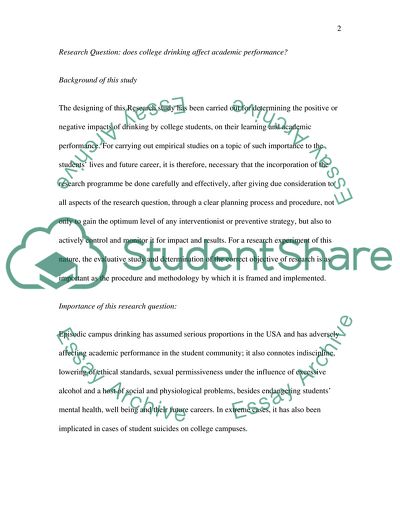Cite this document
(Effects of Alcohol on the College Performance Research Paper, n.d.)
Effects of Alcohol on the College Performance Research Paper. https://studentshare.org/sociology/1709371-effects-on-alcohol-on-college-performance
Effects of Alcohol on the College Performance Research Paper. https://studentshare.org/sociology/1709371-effects-on-alcohol-on-college-performance
(Effects of Alcohol on the College Performance Research Paper)
Effects of Alcohol on the College Performance Research Paper. https://studentshare.org/sociology/1709371-effects-on-alcohol-on-college-performance.
Effects of Alcohol on the College Performance Research Paper. https://studentshare.org/sociology/1709371-effects-on-alcohol-on-college-performance.
“Effects of Alcohol on the College Performance Research Paper”. https://studentshare.org/sociology/1709371-effects-on-alcohol-on-college-performance.


